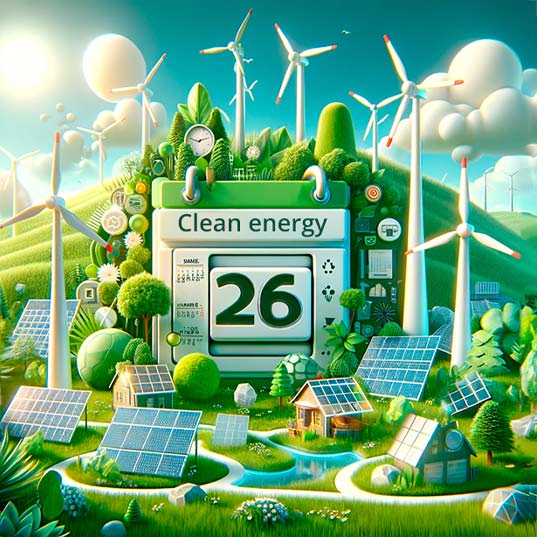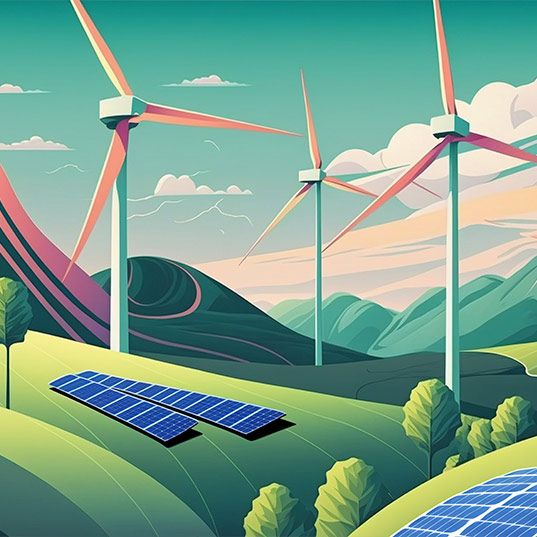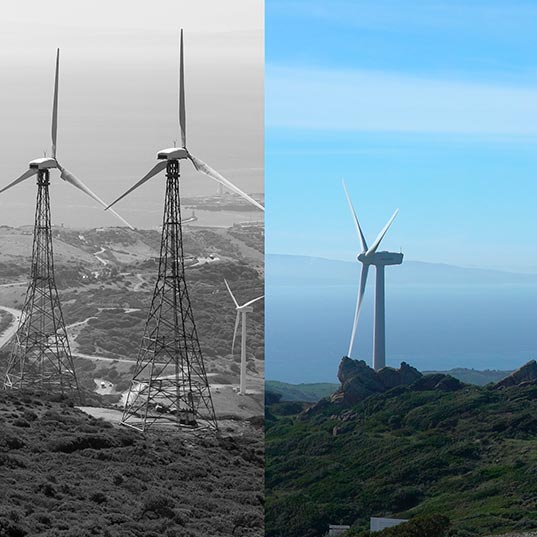Nuclear energy and hydrogen
Third-generation nuclear fission does not seem to have resolved either the radioactivity problem of uranium.With regard to nuclear energy, third-generation nuclear fission takes pride in its high economic efficiency, maximum safety and not emitting GHG into the atmosphere, although it does not seem to have resolved either the radioactivity problem of uranium once its useful life has expired or established design protocols that guarantee such a safety level.
Nuclear energy: nuclear fusion

With regard to nuclear fusion, this is the reactive process whereby the nuclei of light deuterium and tritium atoms, hydrogen isotopes, unite to form heavier helium nuclei, emitting a huge amount of energy, similar to what takes place in stars. Their potentialities will be evidenced at the ITER in Cadarache (France). Dubbed a new sun for humanity, this project aims to show that fusion could generate 500 megawatts in 6 minutes from this nuclear reaction and that said reaction can be maintained for periods of 16 minutes, all without creating radioactive waste. However, the difficulties in implementing its predecessor, the CERN in Geneva (Switzerland) in September 2008 have shown the complexity of this type of project. In any event, only in 2025 will ITER be able to offer results. Their creation and operation between 2005 and that date require huge sums (4.8 and 4.7 billion euro respectively) with 31 countries contributing to this: the EU (40%), Russia, US China, Japan, India and Korea. Only in 2050 could the first commercial reactors come online.
The hydrogen dilemma for a sustainable future
With regard to the dilemma of hydrogen, it seems to be destined to be the great energy source for automobiles, supplying fuel cells; vehicles that already have them fill up at hydro-stations. In order to obtain hydrogen, it needs to be separated from the oxygen which it is mixed with in water. Wind farms and the networks of solar energy could produce hydrogen, providing the necessary electricity for the electrolyte breakdown of the water. Nonetheless, if such electricity is generated at power stations that use fossil fuels or uranium, neither the GHG emission problem nor the issue of production centralisation that excludes many and prevents greater energy independence for individuals and communities will be solved.







